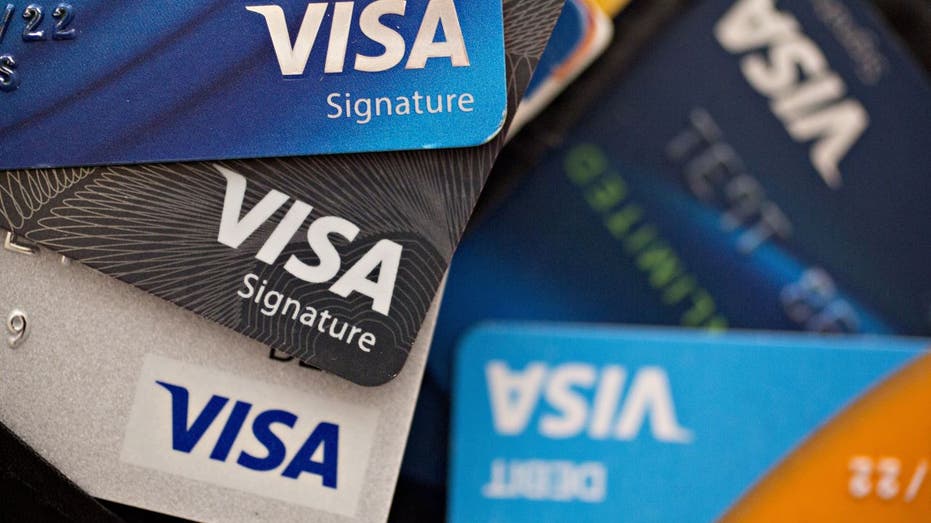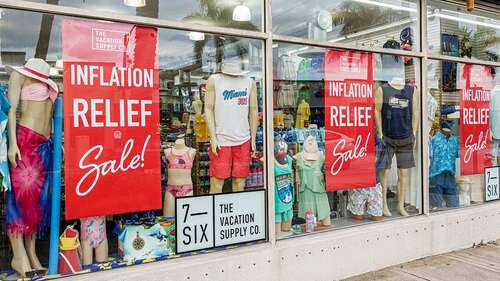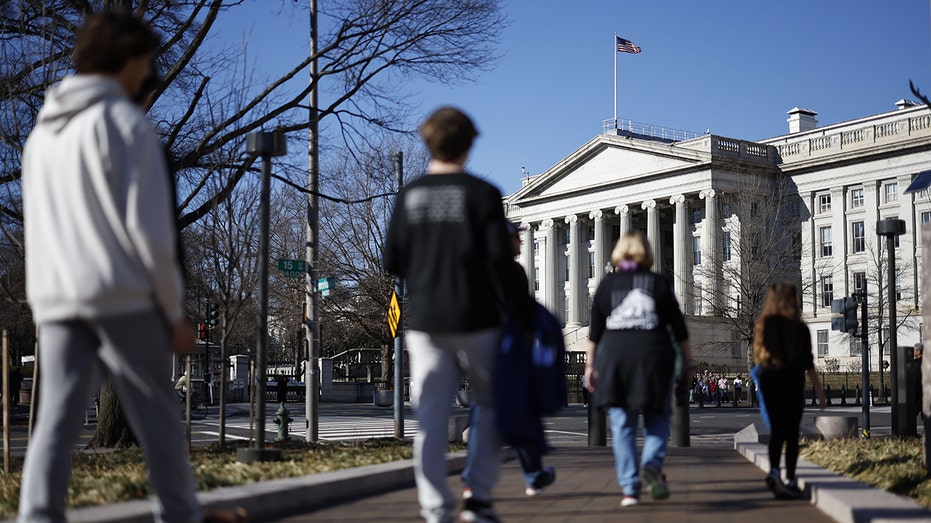Portfolio Wealth Advisors President and CIO Lee Munson discusses the expected release of big bank earnings, the Fed’s rate cuts and shares his market outlook for the year.
Americans are increasingly turning to their credit cards to cover everyday expenses, with debt hitting a new record high at the end of December, according to a New York Federal Reserve report published Tuesday.
In the three-month period from October to December, total credit card debt surged to $1.13 trillion, an increase of $50 billion, or 4.6% from the previous quarter, according to the report. It marks the highest level on record in Fed data dating back to 2003 and the ninth consecutive annual increase.
There was also an uptick in borrowers who are struggling with credit card, student and auto loan payments. As of December, about 3.1% of outstanding debt was in some stage of delinquency, up from the 3% recorded the previous quarter but still down from the average 4.7% rate seen before the COVID-19 pandemic began.
“Credit card and auto loan transitions into delinquency are still rising above pre-pandemic levels,” said Wilbert van der Klaauw, economic research advisor at the New York Fed. “This signals increased financial stress, especially among younger and lower-income households.”
MORE AMERICANS ARE GETTING A SECOND JOB TO OFFSET STING OF HIGH INFLATION

Visa Inc. credit and debit cards are arranged for a photograph in Washington, D.C., on Monday, April 22, 2019. (Photographer: Andrew Harrer/Bloomberg via Getty Images / Getty Images)
Credit card delinquencies continued to rise from their pandemic-era lows in the fourth quarter. The flow of debt moving into delinquency hit 8.5% in the fourth quarter on an annualized rate, compared to an 8.01% uptick during the third quarter and 5.87% one year ago. The increase was most pronounced among individuals between the ages of 30 and 39.
“It’s maybe not a flashing red signal, but something that is indicative of a slight weakening in household balances sheets that is consistent with a slowdown in consumption as 2024 moves on, and a little bit of a retrenchment by the consumer,” New York Fed researchers told reporters during a call.
THE NUMBER OF HIGH-PAYING JOBS IS DWINDLING
There are likely several reasons to blame for the rise in delinquencies among younger Americans. New York Fed researchers said the increase could reflect the resumption of student loan payments or indicate that this cohort overextended themselves financially when they were receiving stimulus payments during the pandemic.

Miami Beach Florida, Collins Avenue, The Vacation Supply Company, window display sign inflation relief sale. (Photo by: Jeffrey Greenberg/Universal Images Group via Getty Images / Getty Images)
“That combined with student debt and the fact that they also experienced a recession, even though it was very short,” researchers said. “It can still be disruptive for people’s careers, especially early in their careers.”
The rise in credit card usage and debt is particularly concerning because interest rates are astronomically high right now. The average credit card annual percentage rate, or APR, hit a new record of 20.72% last week, according to a Bankrate database that goes back to 1985. The previous record was 19% in July 1991.
If people are carrying debt to compensate for steeper prices, they could end up paying more for items in the long run. For instance, if you owe $5,000 in debt — which the average American does — current APR levels would mean it would take about 279 months and $8,124 in interest to pay off the debt making the minimum payments.
The increase in the credit card category helped to push total household debt to a staggering $17.5 trillion, a $212 billion – or 1.2% – increase from the end of October.

Pedestrians near the US Treasury building in Washington, DC, US, on Friday, Dec. 30, 2022. (Photographer: Ting Shen/Bloomberg via Getty Images / Getty Images)
Auto loan balances also contributed to the uptick, climbing by $12 billion over the course of the fourth quarter to $1.6 trillion. Student loan debt, meanwhile, increased by $2 billion while mortgage balances jumped by $112 billion to $12.25 trillion.
GET FOX BUSINESS ON THE GO BY CLICKING HERE
The rise in balances comes in the wake of the Federal Reserve’s aggressive interest rate-hike campaign designed to crush stubborn inflation and cool the economy.
Although inflation has cooled considerably in recent months, it remains up 3.4% compared with the same time one year ago, according to the most recent Labor Department data.
The inflation spike has created severe financial pressures for most U.S. households, which are forced to pay more for everyday necessities like food and rent. The burden is disproportionately borne by low-income Americans, whose already-stretched paychecks are heavily affected by price fluctuations.



